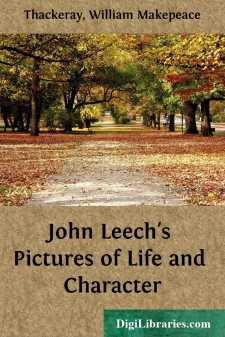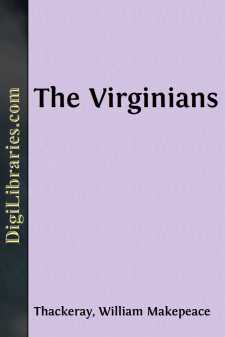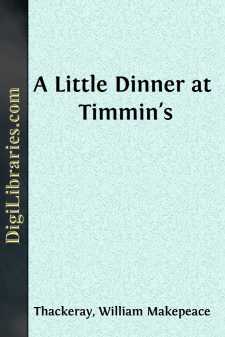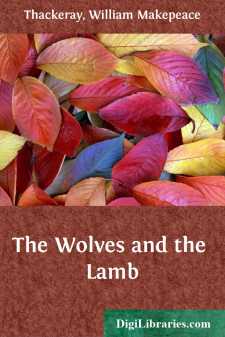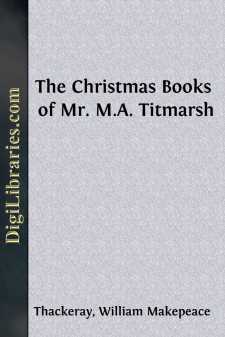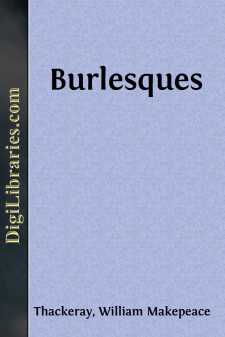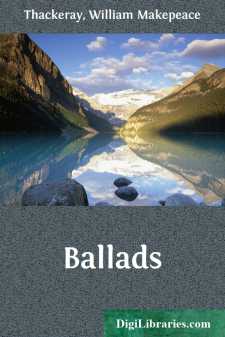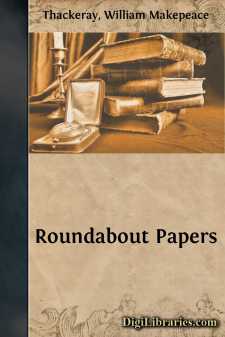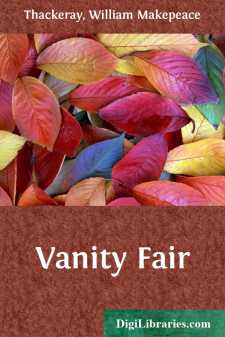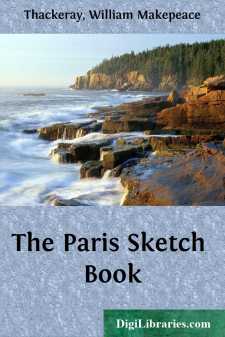Categories
- Antiques & Collectibles 13
- Architecture 36
- Art 48
- Bibles 22
- Biography & Autobiography 813
- Body, Mind & Spirit 142
- Business & Economics 28
- Children's Books 15
- Children's Fiction 12
- Computers 4
- Cooking 94
- Crafts & Hobbies 4
- Drama 346
- Education 46
- Family & Relationships 57
- Fiction 11828
- Games 19
- Gardening 17
- Health & Fitness 34
- History 1377
- House & Home 1
- Humor 147
- Juvenile Fiction 1873
- Juvenile Nonfiction 202
- Language Arts & Disciplines 88
- Law 16
- Literary Collections 686
- Literary Criticism 179
- Mathematics 13
- Medical 41
- Music 40
- Nature 179
- Non-Classifiable 1768
- Performing Arts 7
- Periodicals 1453
- Philosophy 64
- Photography 2
- Poetry 896
- Political Science 203
- Psychology 42
- Reference 154
- Religion 513
- Science 126
- Self-Help 84
- Social Science 81
- Sports & Recreation 34
- Study Aids 3
- Technology & Engineering 59
- Transportation 23
- Travel 463
- True Crime 29
John Leech's Pictures of Life and Character
Categories:
Description:
Excerpt
We, who can recall the consulship of Plancus, and quite respectable, old-fogyfied times, remember amongst other amusements which we had as children the pictures at which we were permitted to look. There was Boydell's Shakspeare, black and ghastly gallery of murky Opies, glum Northcotes, straddling Fuselis! there were Lear, Oberon, Hamlet, with starting muscles, rolling eyeballs, and long pointing quivering fingers; there was little Prince Arthur (Northcote) crying, in white satin, and bidding good Hubert not put out his eyes; there was Hubert crying; there was little Rutland being run through the poor little body by bloody Clifford; there was Cardinal Beaufort (Reynolds) gnashing his teeth, and grinning and howling demoniacally on his death-bed (a picture frightful to the present day); there was Lady Hamilton (Romney) waving a torch, and dancing before a black background,—a melancholy museum indeed. Smirke's delightful "Seven Ages" only fitfully relieved its general gloom. We did not like to inspect it unless the elders were present, and plenty of lights and company were in the room.
Cheerful relatives used to treat us to Miss Linwood's. Let the children of the present generation thank their stars THAT tragedy is put out of their way. Miss Linwood's was worsted-work. Your grandmother or grandaunts took you there and said the pictures were admirable. You saw "the Woodman" in worsted, with his axe and dog, trampling through the snow; the snow bitter cold to look at, the woodman's pipe wonderful: a gloomy piece, that made you shudder. There were large dingy pictures of woollen martyrs, and scowling warriors with limbs strongly knitted; there was especially, at the end of a black passage, a den of lions, that would frighten any boy not born in Africa, or Exeter 'Change, and accustomed to them.
Another exhibition used to be West's Gallery, where the pleasing figures of Lazarus in his grave-clothes, and Death on the pale horse, used to impress us children. The tombs of Westminster Abbey, the vaults at St. Paul's, the men in armor at the Tower, frowning ferociously out of their helmets, and wielding their dreadful swords; that superhuman Queen Elizabeth at the end of the room, a livid sovereign with glass eyes, a ruff, and a dirty satin petticoat, riding a horse covered with steel: who does not remember these sights in London in the consulship of Plancus? and the wax-work in Fleet Street, not like that of Madame Tussaud's, whose chamber of death is gay and brilliant; but a nice old gloomy wax-work, full of murderers; and as a chief attraction, the Dead Baby and the Princess Charlotte lying in state?
Our story-books had no pictures in them for the most part. Frank (dear old Frank!) had none; nor the "Parent's Assistant;" nor the "Evenings at Home;" nor our copy of the "Ami des Enfans:" there were a few just at the end of the Spelling-Book; besides the allegory at the beginning, of Education leading up Youth to the temple of Industry, where Dr. Dilworth and Professor Walkinghame stood with crowns of laurel. There were, we say, just a few pictures at the end of the Spelling-Book, little oval gray woodcuts of Bewick's, mostly of the Wolf and the Lamb, the Dog and the Shadow, and Brown, Jones, and Robinson with long ringlets and little tights; but for pictures, so to speak, what had we? The rough old wood-blocks in the old harlequin-backed fairy-books had served hundreds of years; before OUR Plancus, in the time of Priscus Plancus—in Queen Anne's time, who knows? We were flogged at school; we were fifty boys in our boarding-house, and had to wash in a leaden trough, under a cistern, with lumps of fat yellow soap floating about in the ice and water. Are OUR sons ever flogged? Have they not dressing-rooms, hair-oil, hip-baths, and Baden towels? And what picture-books the young villains have! What have these children done that they should be so much happier than we were?
We had the "Arabian Nights" and Walter Scott, to be sure. Smirke's illustrations to the former are very fine. We did not know how good they were then; but we doubt whether we did not prefer the little old "Miniature Library Nights" with frontispieces by Uwins; for THESE books the pictures don't count....


